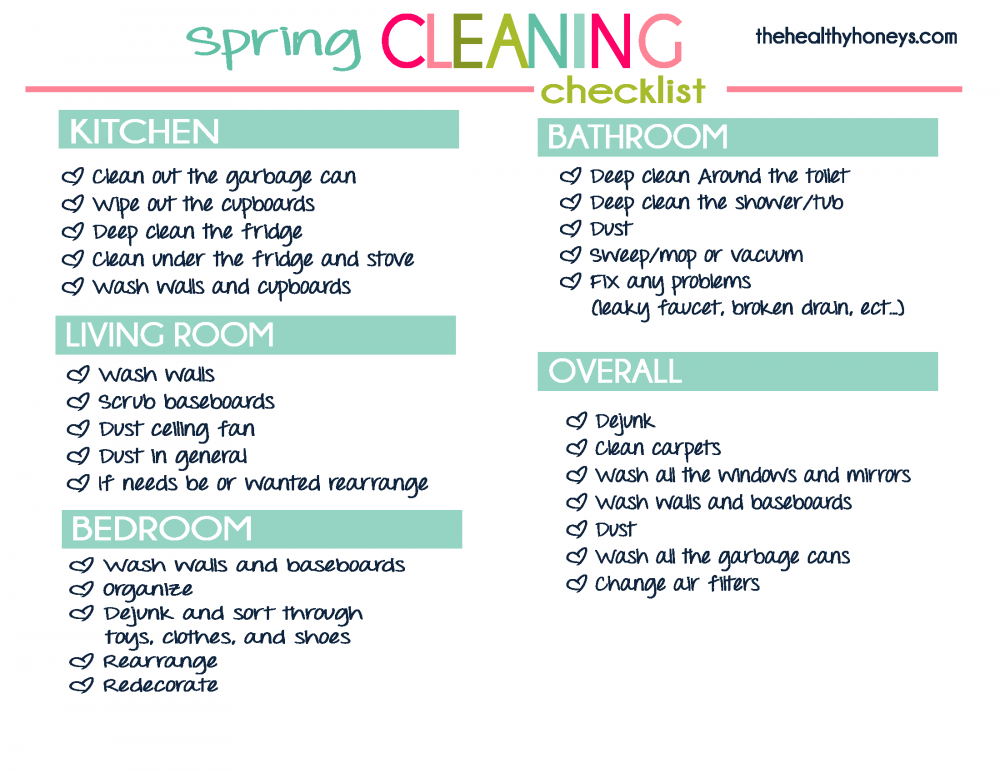http://en.wikipedia.org/wiki/Spring_cleaning
Spring cleaning is the practice of thoroughly cleaning a house in the springtime. The practice of spring cleaning is especially prevalent in climates with a cold winter.
The most common usage of spring cleaning refers to the yearly act of cleaning a house from top to bottom which would take place in the first warm days of the year typically in spring, hence the name. However it has also come to be synonymous with any kind of heavy duty cleaning or organizing enterprise. A person who gets their affairs in order before an audit or inspection could be said to be doing some spring cleaning.
History
It has been suggested that the origins of spring cleaning date back to the Iranian Norouz, the Persian new year, which falls on the first day of spring. Iranians continue the practice of "khooneh tekouni" which literally means "shaking the house" just before the new year. Everything in the house is thoroughly cleaned, from the drapes to the furniture. A similar tradition is the Scottish "New Year's cleaning" on Hogmanay (December 31), a practice now also widespread in Ireland, New Zealand, and to North America.
Another possibility of the origin of spring cleaning can be traced to the ancient Jewish practice of thoroughly cleansing the home in anticipation of the spring-time memorial feast of Passover (Hebrew: פסח pesach). In remembrance of the Jews' hasty flight from Egyptfollowing their captivity there, during the seven-day observance of the Passover memorial or remembrance, There are strict prohibitions against eating or drinking anything which may have been leavened or fermented with yeast (Exodus 12:15, 19). Jews are not only supposed to refrain from leavened foodstuffs (known in Hebrew as חמץ chametz), they are expressly commanded to rid their homes of even small remnants of chametz for the length of the holiday (Exodus 12:15). Therefore, observant Jews conducted a thorough "spring cleaning" of the house, followed by a traditional hunt for chametz crumbs by candlelight (called bedikat chametz [Hebrew: בדיקת חמץ]) on the evening before the holiday begins.
In North America and northern Europe, the custom found an especially practical value due to those regions' continental and wet climates. During the 19th century in America, prior to the advent of the vacuum cleaner, March was often the best time for dusting because it was getting warm enough to open windows and doors (but not warm enough for insects to be a problem), and the high winds could carry the dust out of the house. For the same reason, modern rural households often use the month of March for cleaning projects involving the use of chemical products which generate fumes.
Which makes sense on oh so many levels for me personally. Couple the cleaning with my ever-present wish to simplify, and it makes for carloads of donations to the local thrift stores.
There is something so very satisfying in getting sorted and cleaned in the springtime.

No comments:
Post a Comment